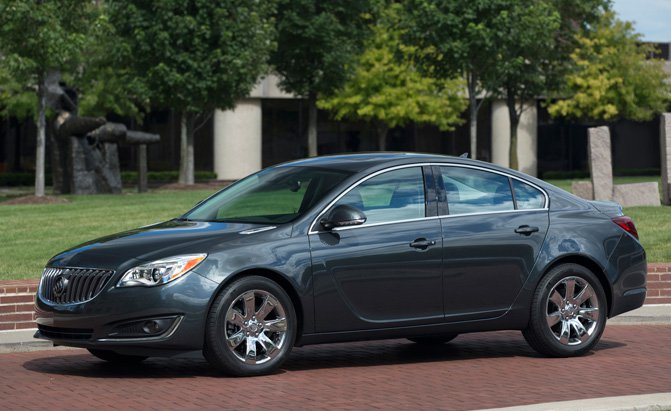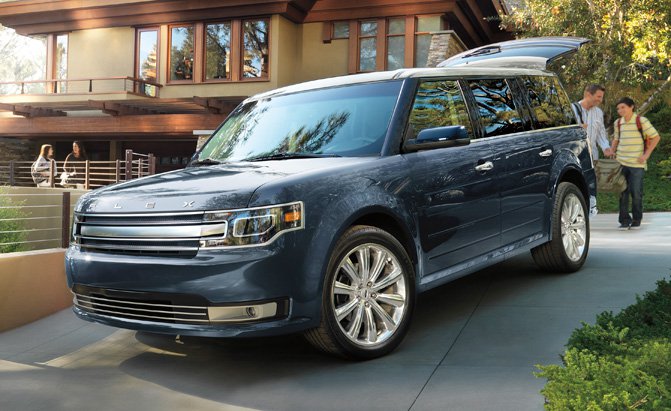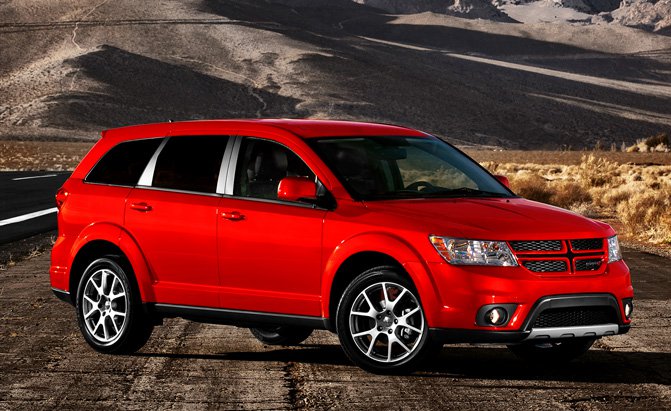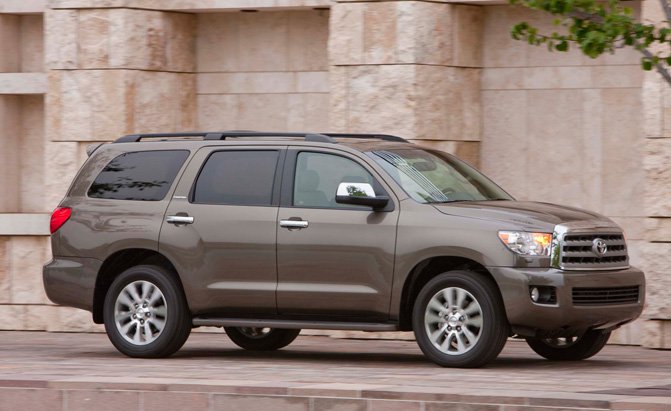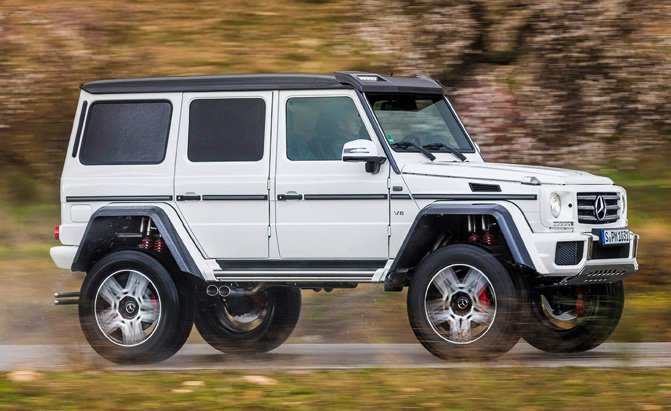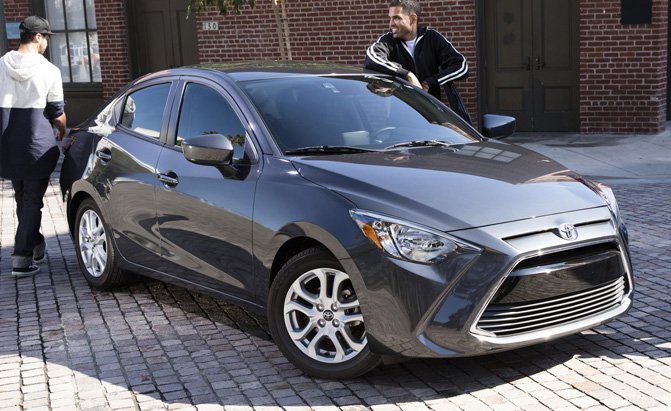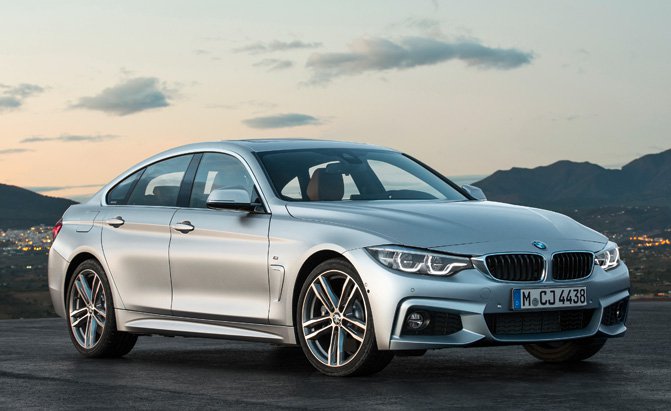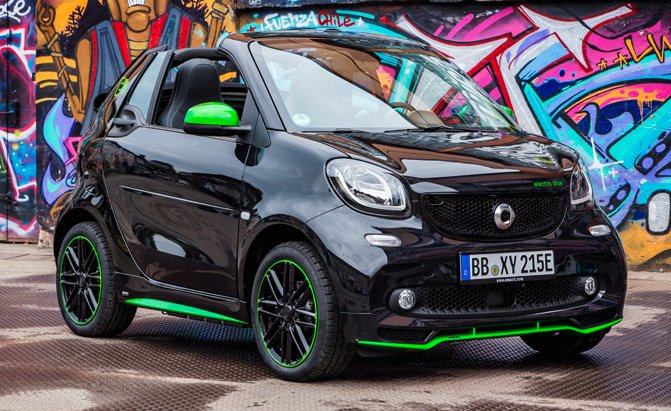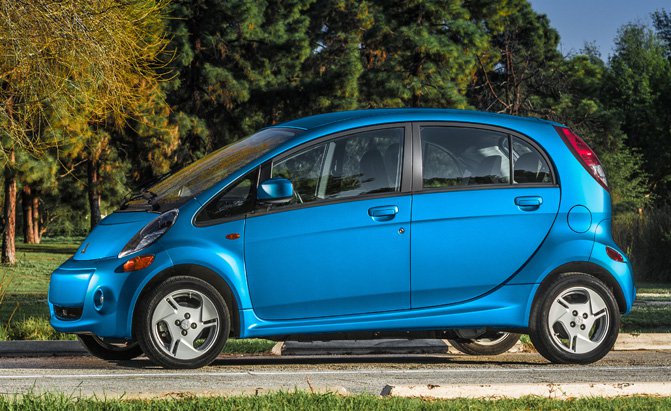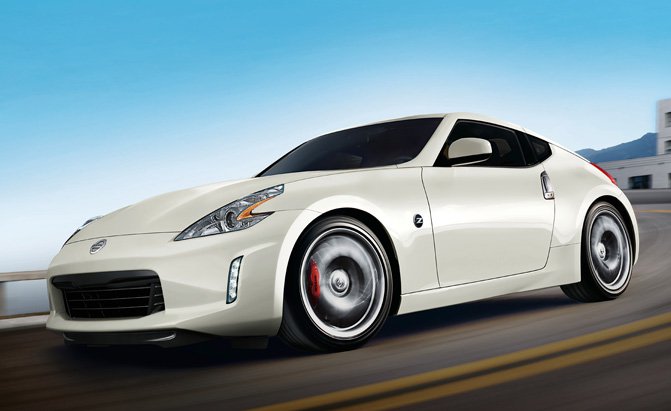It’s not easy being a player in the fast-paced automotive business.
The market changes incredibly quickly, so it’s understandable that automakers can’t always keep up. As a result, there are plenty of outdated cars being sold and some should probably even be discontinued.
SEE ALSO: Top 10 American Cars Not Actually Made in America
Here are ‘s picks of cars we believe desperately need to be redesigned or even discontinued.
10. Buick Regal
The current Buick Regal has been in production since the 2011 model year and compared to some of the other great cars in Buick’s lineup like the LaCrosse, it’s quite outdated. Luckily, there is a replacement coming soon and judging from the spy photos, it will be quite stylish. In fact, there are some design elements from the popular Avista Concept on the new Opel Insignia (which is a European Regal) and hopefully it remains mostly unchanged when it arrives in the U.S. badged as a Regal.
9. Ford Flex
The funky Ford Flex is one of the few models in the American automaker’s lineup that hasn’t been recently updated and it shows. The trend of boxy SUVs is quickly fading and giving way to sleek and stylish crossovers. The current-generation Flex has been on the market since model year 2009 and desperately needs a makeover if Ford intends to keep it in its lineup. Rumor has it that the Flex is getting cut by 2020 with the arrival of the next-generation Edge.
8. Dodge Journey
If there was ever a car that looks like it belongs on the lots of rental car companies, it’s the Dodge Journey. The midsize crossover features some of the most outdated design elements in existence and it’s not surprising that it has been on the market since 2008. It did get a refresh in 2011 but as you can tell, there’s nothing exciting about its design or powertrain. Latest rumors about the next-generation Dodge Journey is that production will move to Italy since it will share its platform with the Alfa Romeo Giulia.
7. Toyota Sequoia
Toyota has been on a streak revamping all its models including the new Toyota Camry. But one model the Japanese automaker has paid no attention to is its Sequoia SUV, which has been in production since late 2007. Other than minor changes throughout the years like infotainment updates and replacement engines, the Sequoia has remained unchanged. And its sales reflect just how outdated the model has become, dropping to less than 15,000 units sold in the U.S. last year.
6. Mercedes-Benz G-Class
We get it, you shouldn’t touch something as iconic as the Mercedes-Benz G-Class. But the G-Wagen has, for the most part, kept the same styling since the late 1970s. The current model went into production in 1990 and in today’s standards, it might as well be in the morgue, but people still love it. Interestingly, it will receive its first full redesign and spy photographers have already caught prototypes testing. Don’t expect it to look significantly different, as Mercedes will preserve elements that make the G-Class so recognizable worldwide.
5. Toyota Yaris iA
The Toyota Yaris iA was first introduced to the market as the Scion iA, and even then it barely made sense. The youth-oriented brand desperately needed new models to rejuvenate it, but the iA wasn’t the answer. Essentially a rebadged Mazda2 sedan, the model doesn’t really fit in as a Toyota at all. There’s the popular Corolla that sells in droves already available, so what reason would a shopper have to pick the Yaris iA? Certainly not for its stunningly good looks.
4. BMW 4 Series Gran Coupe
A few years ago, BMW decided to revamp its nomenclature with the premise that it would make more sense. And at first it did: Coupe models would be even-numbered while sedans would be odd-numbered. For example, the 3 Series would have four doors and the 4 Series would have two. Simple enough. But then BMW did what it does best, adding a million different variants, like the 4 Series Gran Coupe. The 4 Series badge means it should have two doors, but it actually has four, which basically makes it no different from the 3 Series GT. Long story short, the 4 Series Gran Coupe is confusing and has no place in the lineup so it should just be discontinued.
3. Smart Fortwo
Goodness, how did the Smart Fortwo get a second-generation model? Oh, that’s right. Because in other parts of the world, compact city cars are actually successful. But in the U.S., the Fortwo is hardly seen and it leaves us to wonder why it’s even offered. To give you an idea of just how poorly the Smart Fortwo sells, a mere 6,211 units were sold in 2016. Ford sold that many F-Series pickup trucks in less than three days last year.
2. Mitsubishi i-MiEV
The Mitsubishi i-MiEV was barely an acceptable offering when the electric vehicle market was in its infancy, but by today’s standards, it’s basically insulting. Sure, it’s America’s most affordable electric car, but when was the last time you even saw one on the road? It returns 62 miles of all-electric travel while offering a paltry 66 horsepower and 145 pound-feet of torque. Considering how far electric vehicles have come since the i-MiEV was first introduced in 2009, it’s little surprise it hardly sells in the U.S. Last year, Mitsubishi sold 94 units. Yes, under 100.
1. Nissan 370Z
Considering how iconic the Nissan Z nameplate is, you would think the Japanese automaker would pay more attention to the model. The Nissan 370Z has been in existence since 2009 and while it did get a mild refresh in 2012, the changes were subtle. Rumor has it a successor is set to debut at the 2017 Tokyo Motor Show in concept form, and hopefully, it will stay a sporty coupe rather than the crossover rumors that have been spreading. Nissan has some fine engines to choose from like the one found on the Infiniti Q50 Red Sport 400, packing 400 hp and 350 lb-ft of torque, which would fit nicely in a well-balanced, rear-wheel-drive coupe.







